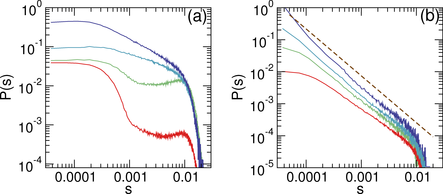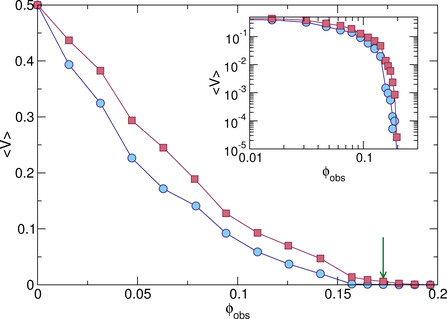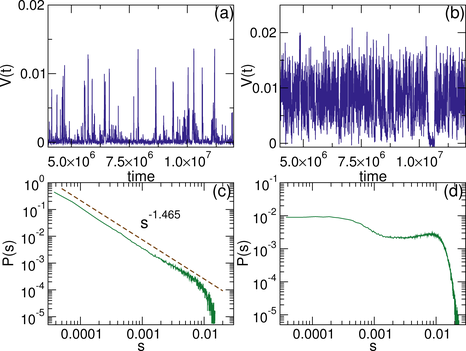 Figure 4: Avalanche size distribution P(s)
for a system with ϕtot = 0.754 and ϕobs = 0.1727.
(a) lr/d = 0.3 (red),
1.0 (green), 10 (light blue), and 20 (dark blue), from bottom to top.
The curves have been shifted vertically for clarity by factors of
1, 10, 20, and 40, respectively.
(b) lr/d = 80 (red), 160 (green), 320 (light blue), and 640 (dark blue),
from bottom to top. The curves have been shifted vertically for clarity
by factors of 1, 3, 6, and 16, respectively.
The dashed line indicates a power law fit with exponent
β = 1.465.
Figure 4: Avalanche size distribution P(s)
for a system with ϕtot = 0.754 and ϕobs = 0.1727.
(a) lr/d = 0.3 (red),
1.0 (green), 10 (light blue), and 20 (dark blue), from bottom to top.
The curves have been shifted vertically for clarity by factors of
1, 10, 20, and 40, respectively.
(b) lr/d = 80 (red), 160 (green), 320 (light blue), and 640 (dark blue),
from bottom to top. The curves have been shifted vertically for clarity
by factors of 1, 3, 6, and 16, respectively.
The dashed line indicates a power law fit with exponent
β = 1.465.
|


